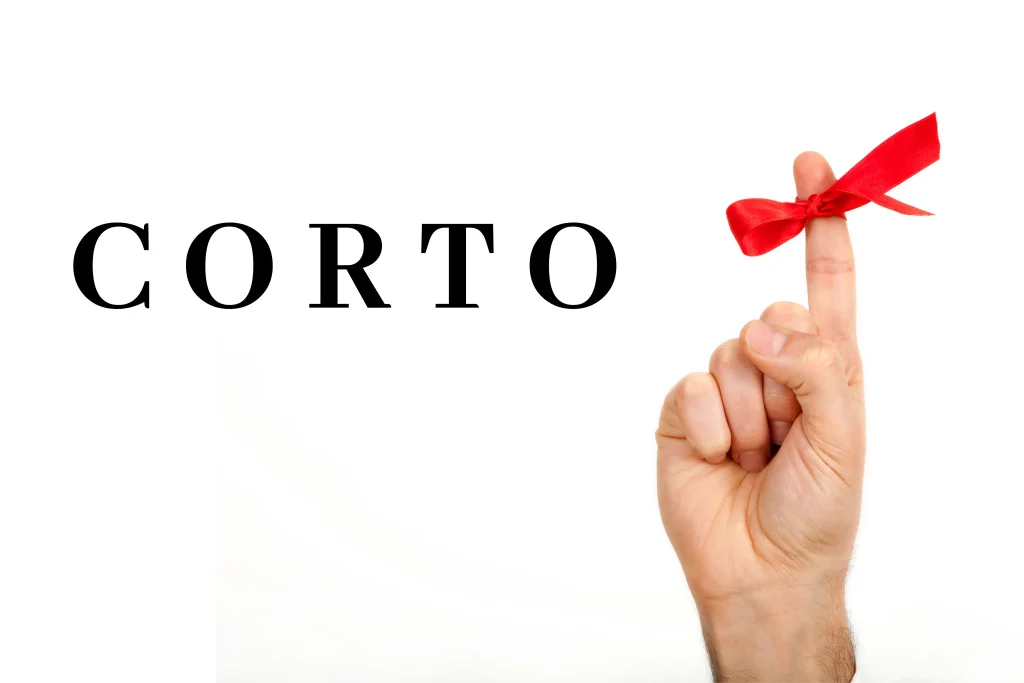Understanding when to use the verb “ser” in Spanish can be challenging for learners, but there’s a simple acronym that can help: CORTO. Each letter represents a different use of “ser,” making it easier to remember.
C: Characteristics
The first letter C stands for Characteristics. Use “ser” to describe inherent qualities or characteristics that define a person or thing. This includes physical traits, personality, and other defining features.
Example:
- “Ella es alta y simpática.”
(She is tall and friendly.)
O: Occupation
The first O in CORTO stands for Occupation. When talking about someone’s job or profession, use “ser.” This applies to both permanent and long-term occupations.
Example:
- “Mi padre es ingeniero.”
(My father is an engineer.)
R: Relationships
R stands for Relationships. Use “ser” to indicate relationships between people, whether they are family, friends, or other social connections.
Example:
- “Ella es mi hermana.”
(She is my sister.)
T: Time
The T in CORTO represents Time. Use “ser” to talk about time, including hours, days, dates, and events.
Example:
- “Son las tres de la tarde.”
(It is three in the afternoon.)
O: Origin
Finally, the last O stands for Origin. Use “ser” to indicate the origin of a person or thing, including nationality and place of birth.
Example:
- “Soy de México.”
(I am from Mexico.)
The acronym CORTO—Characteristics, Occupation, Relationships, Time, and Origin—provides an easy way to remember the key uses of “ser” in Spanish. By associating each use with a letter, you can quickly recall when to use this essential verb in everyday conversations.




